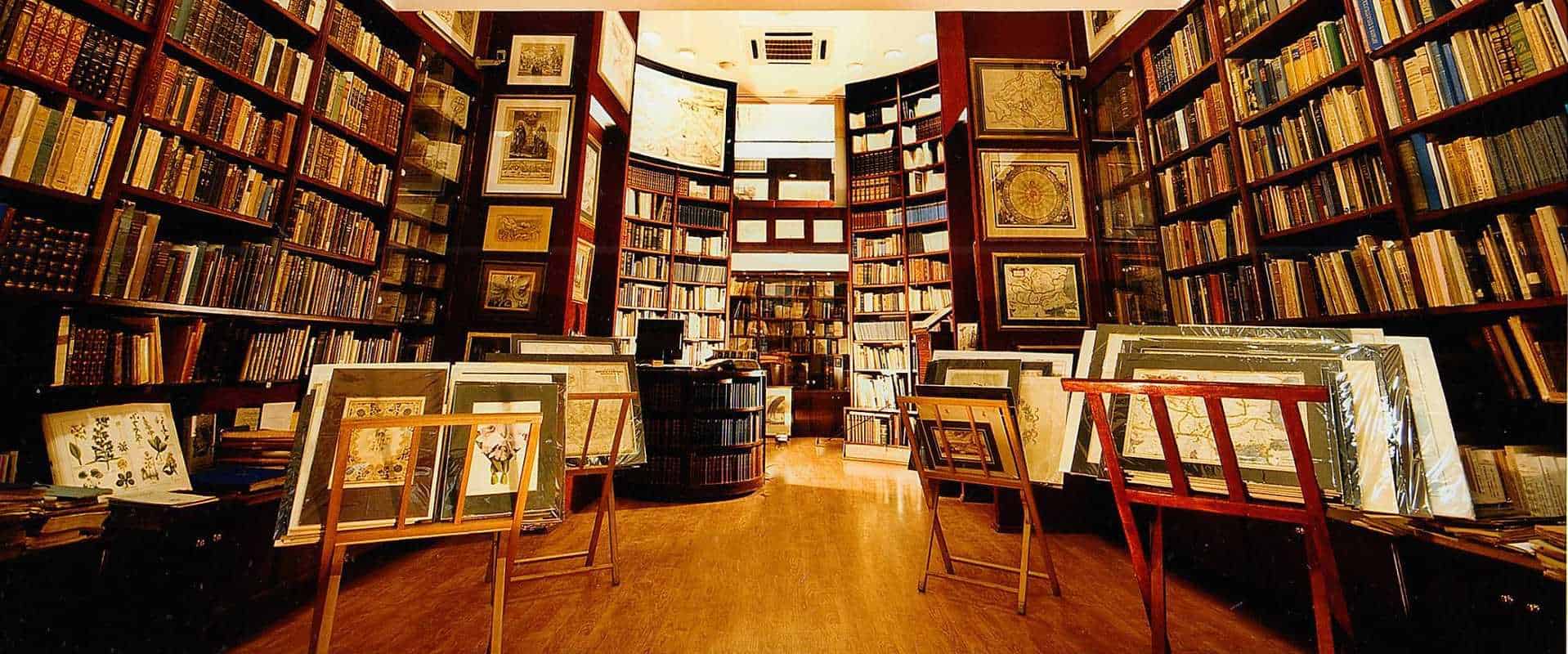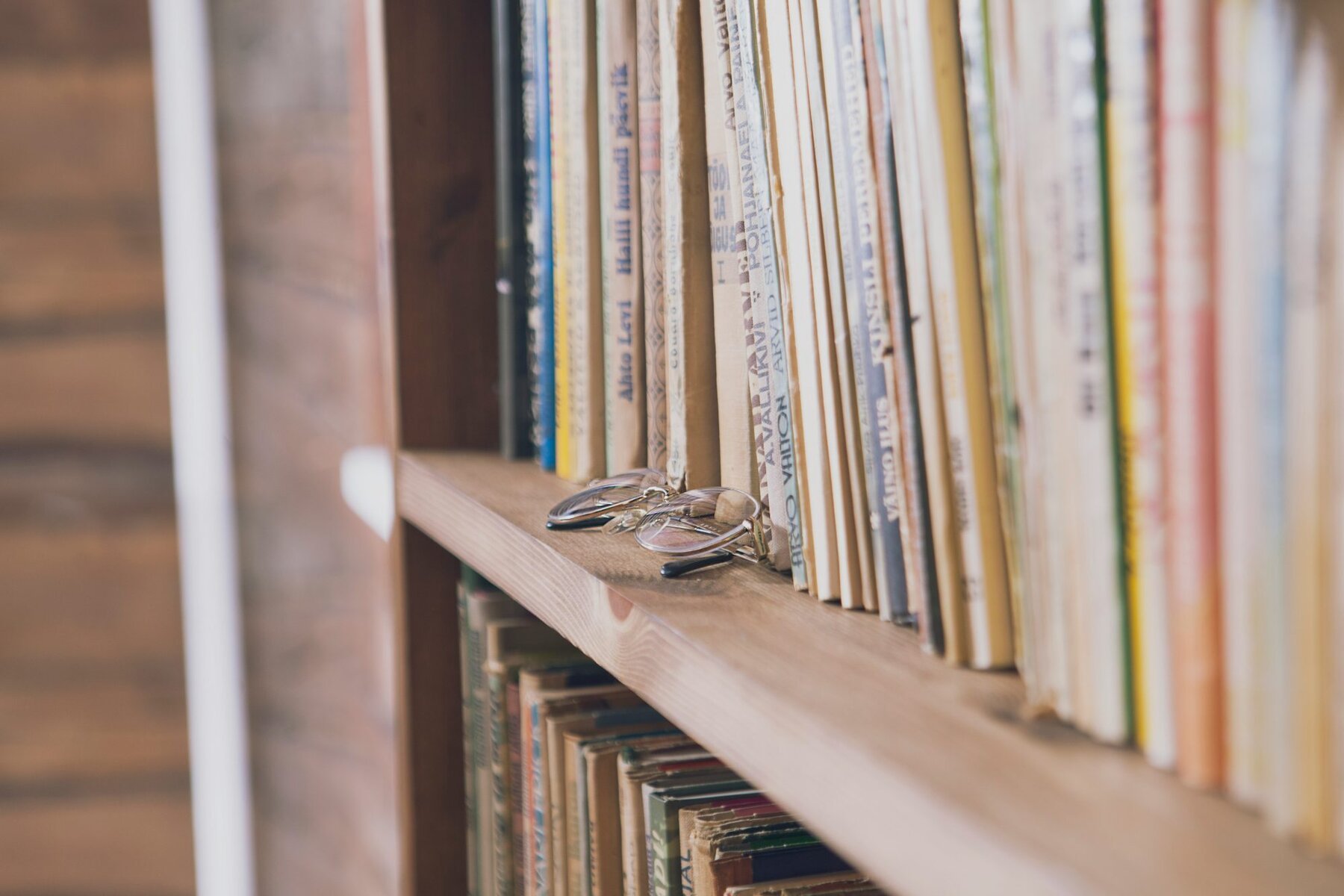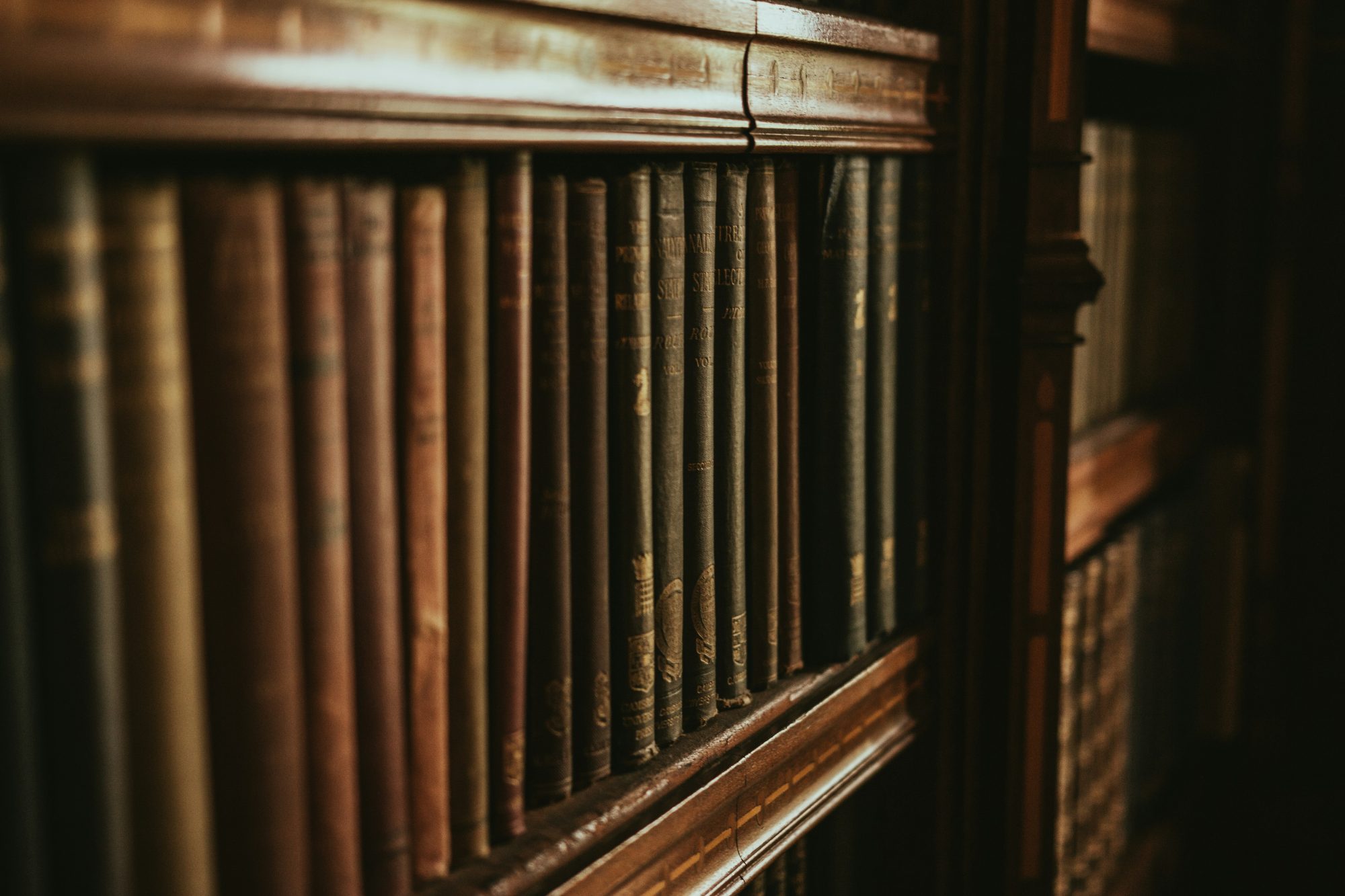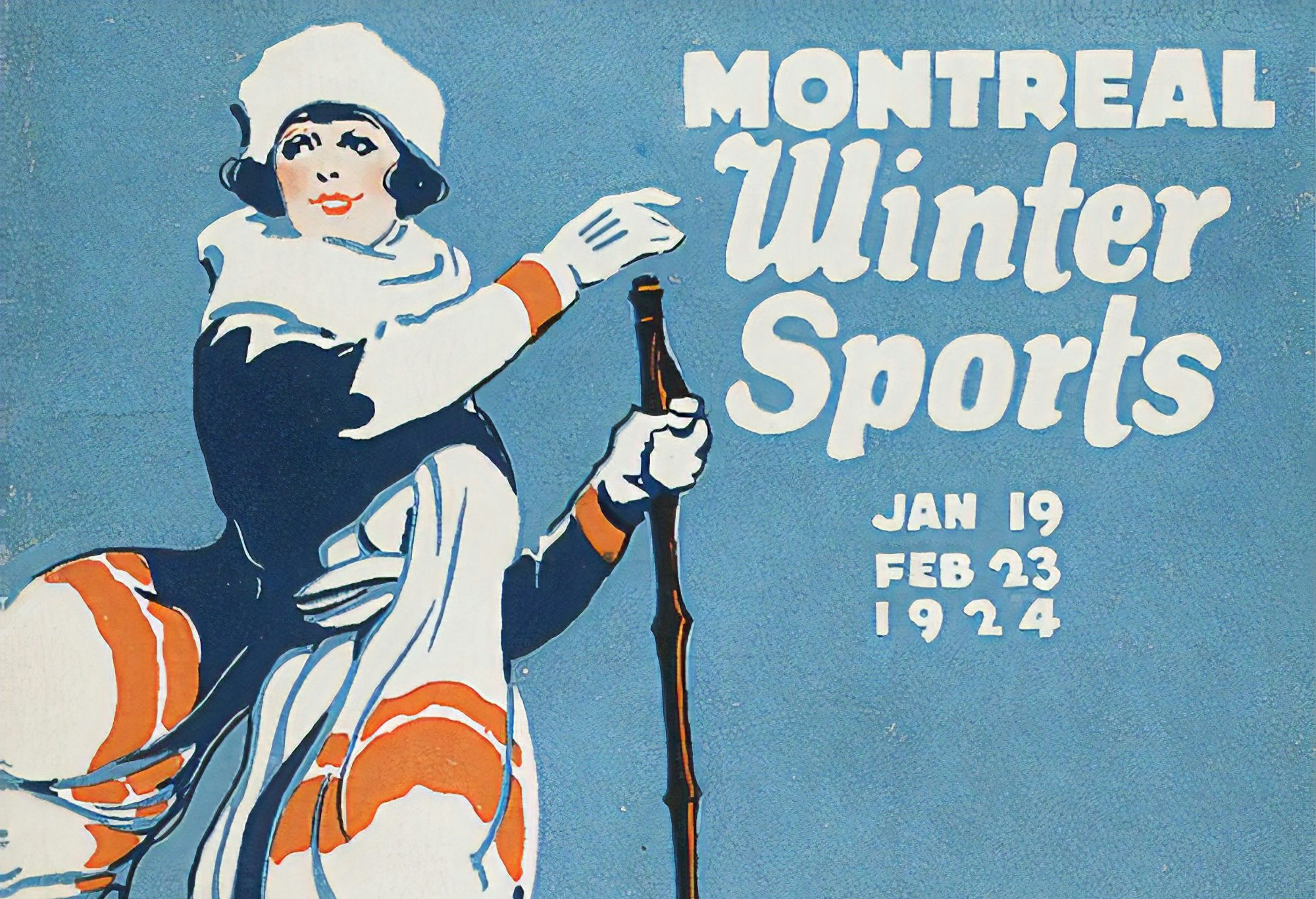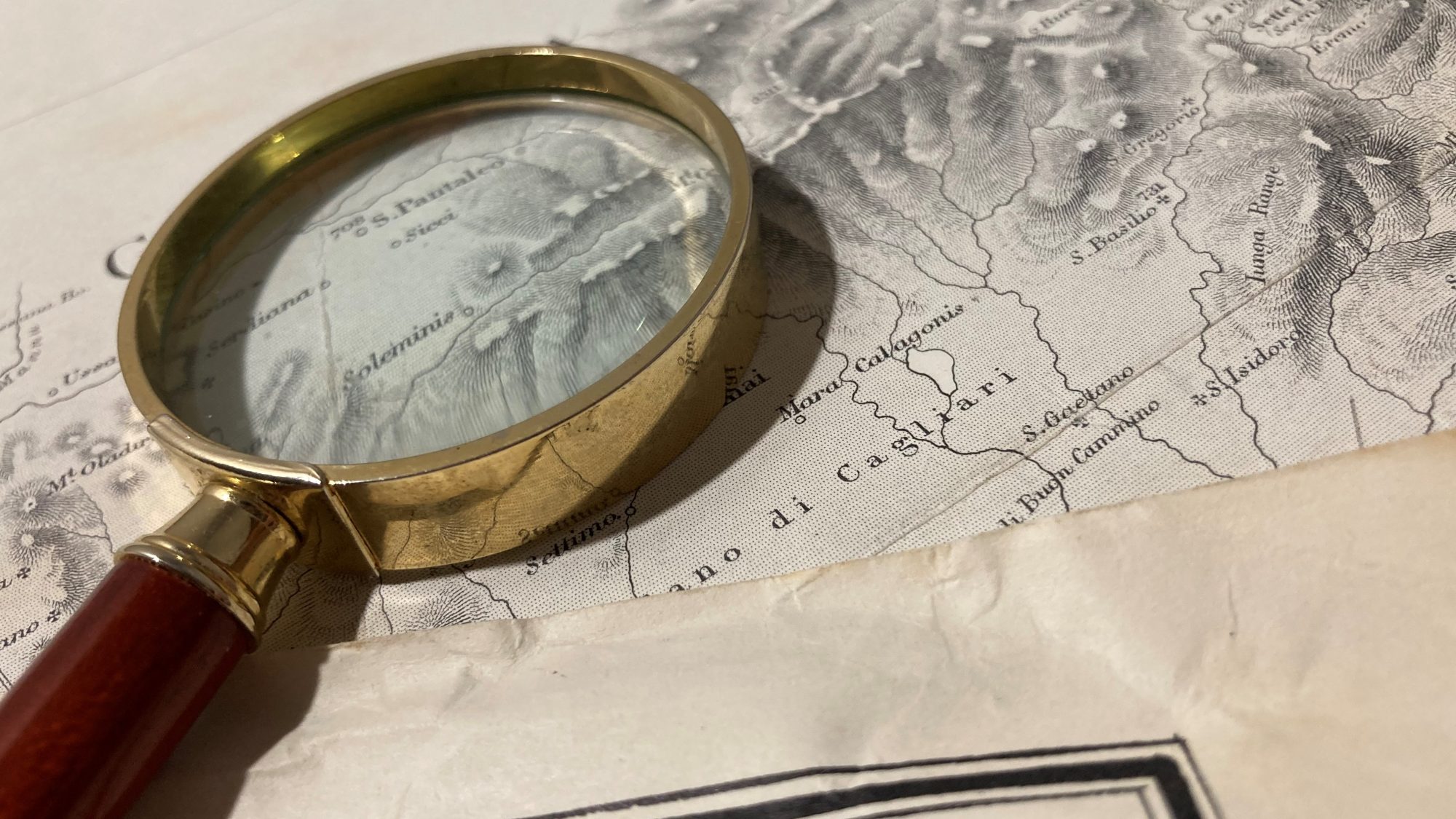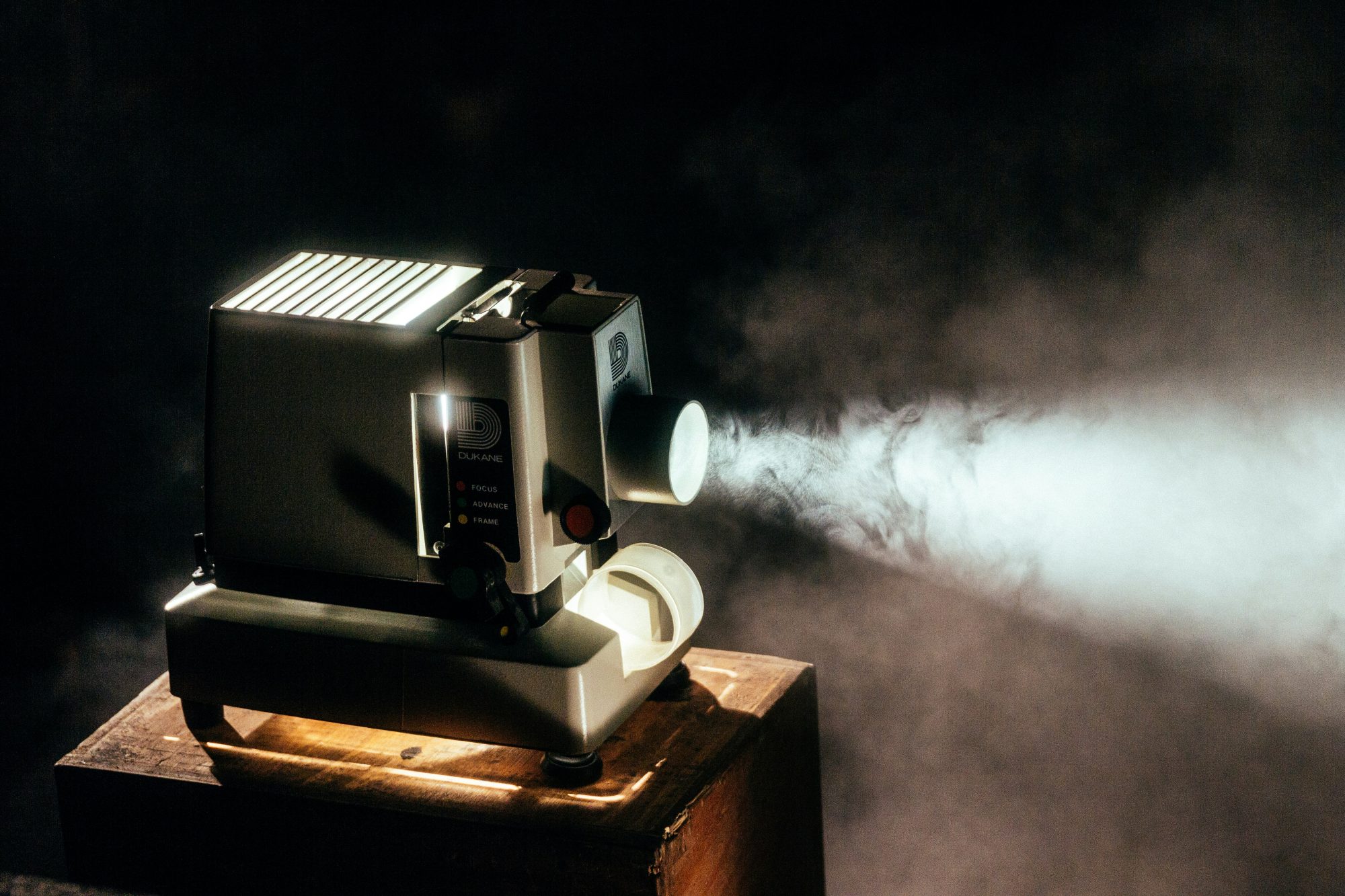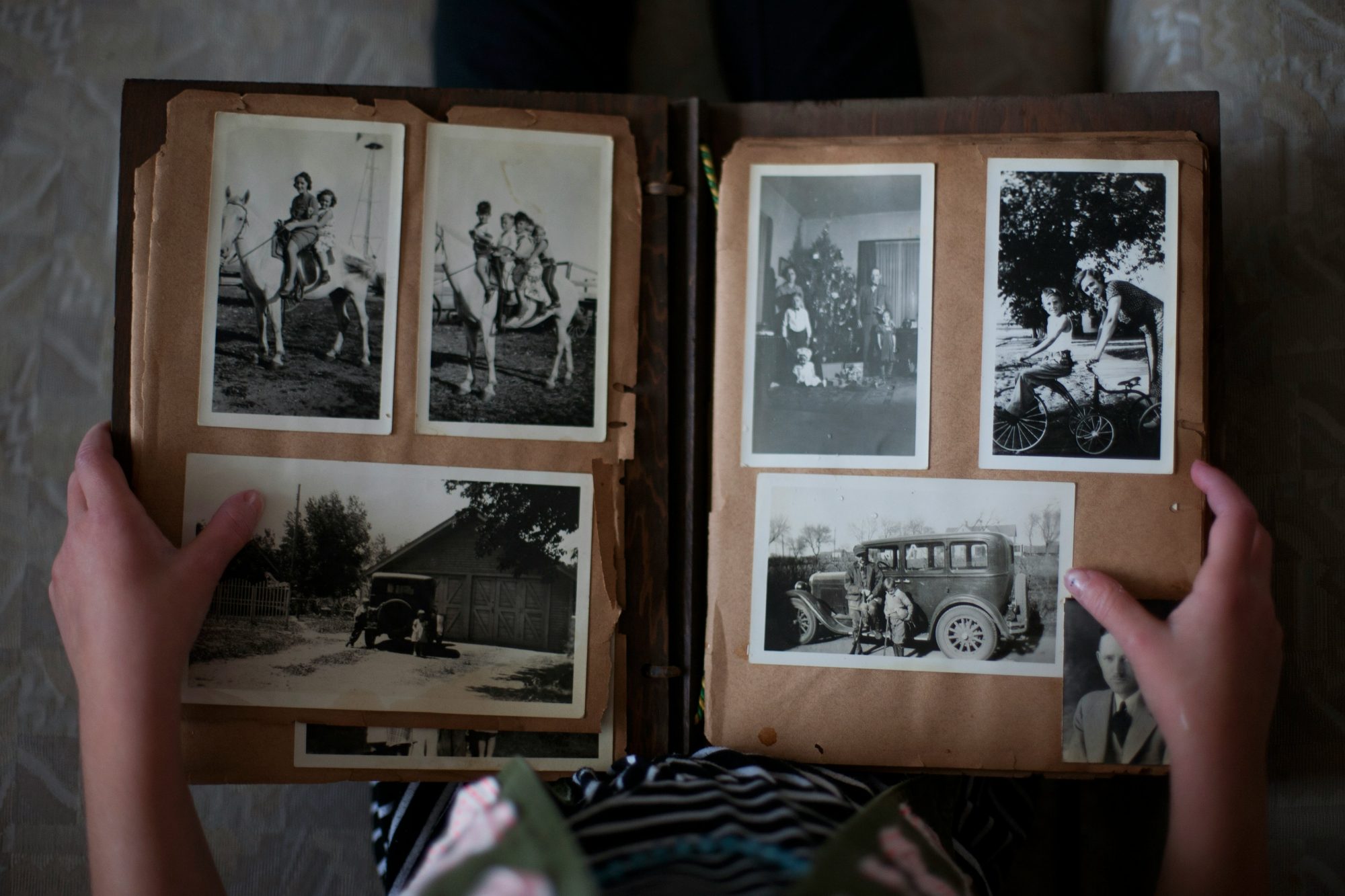How to Tell if an Autograph Is Real: 5 Proven Tips
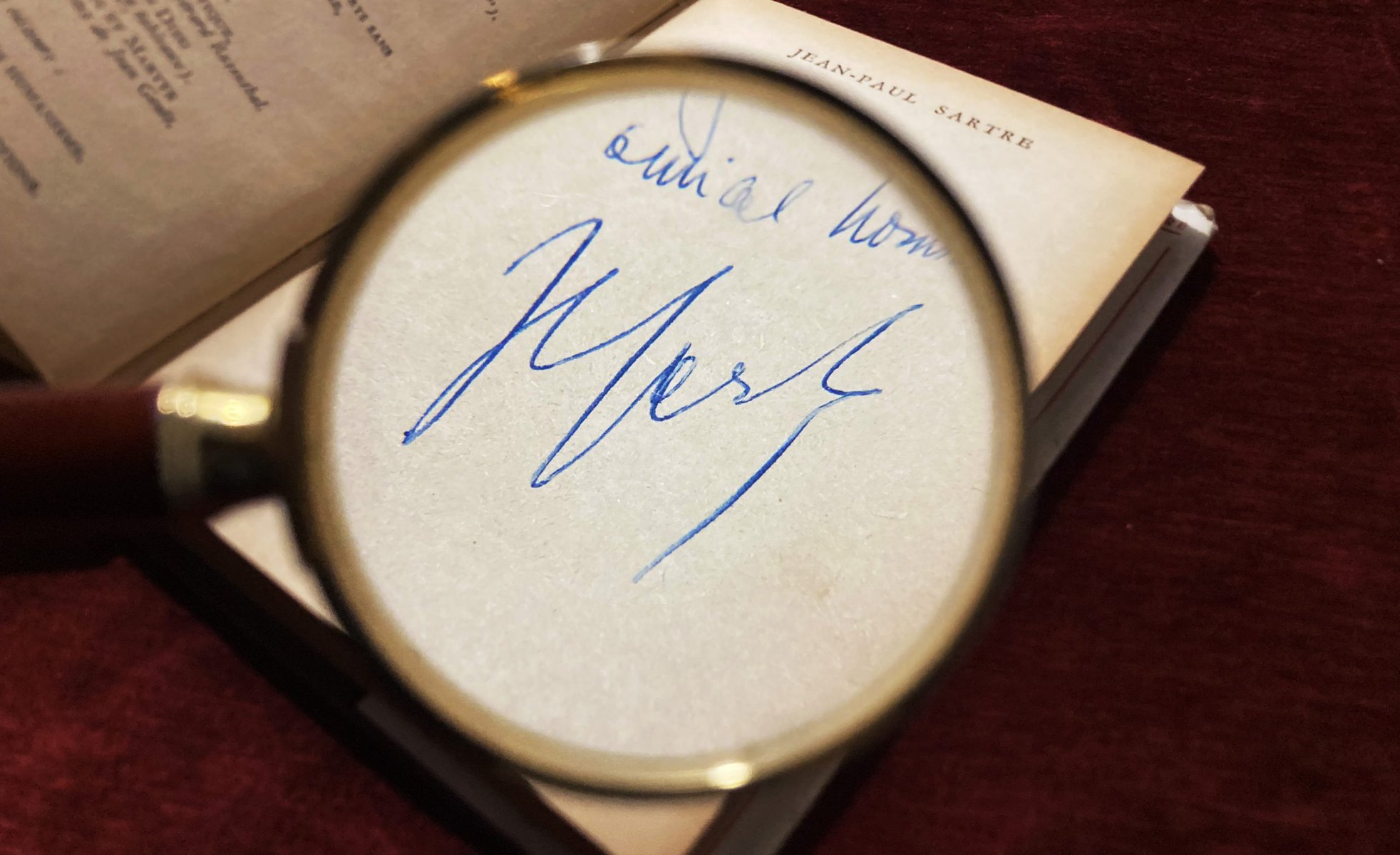
Introduction
In the world of collectibles, few things are as thrilling or as risky as determining if an autograph is real. Whether it’s a signature from a legendary athlete, Hollywood icon, or historical figure, autographs carry immense emotional and financial value. Unfortunately, the autograph market is riddled with fakes, and even experienced collectors can fall victim to well-crafted forgeries.
So, how do you tell if an autograph is real? In this guide, we’ll explore essential tips and expert insights to help you verify authenticity and avoid costly mistakes.
Why Autograph Authenticity Matters
Authenticating autographs goes beyond monetary value—it preserves history. When you own a genuine signature, you connect directly to a moment, a person, or a legacy. As forgeries become more sophisticated, learning how to tell if an autograph is real becomes essential.
Take the infamous case of British collector Alan Sterling. In 2000, he bought a boxing glove for £494 from the well-known auction house Bonhams. The glove featured signatures from boxing legends like Muhammad Ali, Joe Frazier, Mike Tyson, and Evander Holyfield. However, forensic analysis soon exposed all the autographs as fakes.
This story underscores why you must practice due diligence when collecting autographs—even with high-profile sellers.

A pre-printed John Wayne autograph may look convincing from a distance, but under scrutiny, it lacks the depth and irregularity of pen-on-paper interaction.
1. Spot the Telltale Signs of Printed Signatures
One of the most common types of fake autographs is the printed signature. These are especially prevalent on mass-produced memorabilia, such as sports photographs or posters.
How to Identify Printed Signatures:
-
Hold the item up to a light source. If the signature reflects light exactly like the background image, it’s likely printed.
-
Look for ink variations. Authentic signatures applied by hand often have a purplish-grey tint when viewed at an angle.
-
Use magnification. Printed autographs will show consistent dots (a result of printing), unlike the uneven ink flow of real signatures.
2. Beware of Autopen Signatures
The autopen is a mechanical device that replicates a signature using a template. Politicians, celebrities, and even astronauts have widely used it.
How to Tell if It’s an Autopen:
-
Uniform line thickness: Real autographs vary in pressure and flow. Autopens produce mechanically perfect lines.
-
Repetitive patterns: If you find multiple items with identical signatures (down to every loop and dot), they’re almost certainly autopen-generated.
-
Start and stop dots: The machine often leaves a dot at the beginning and end of the stroke—something a human hand rarely does.
-
Unnatural rhythm: Autopen signatures often exhibit robotic “wobbles” or unnatural curves.
🧠 Tip: Use a magnifying glass to examine ink flow and compare with known authentic samples. The differences can be subtle but revealing.
Historical Example: After JFK’s assassination, Jackie Kennedy used an autopen to respond to condolence letters. Though understandable, many of those signatures were mistaken for genuine hand-signed notes for years.
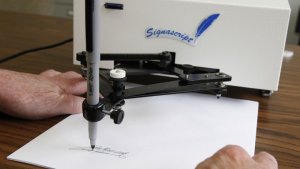
Beware the autopen. This machine is commonly used to produce autographs with an authentic look
3. Analyze the Context: When and How Was It Signed?
Related terms: ink type, timeline verification, contextual clues, anachronistic signatures
Time and context are critical when learning how to tell if an autograph is real. You can expose a seemingly legitimate signature as fake by simply asking, “Could this have happened?”
Key Red Flags to Watch For:
-
Wrong ink for the era: If a signature supposedly from the 1950s is done in felt-tip pen, it’s a fake—felt tips weren’t around yet.
-
Event-based authentication: Autographs signed at a specific public event or during a known appearance are more likely to be real.

Bobby Fischer’s autograph on an invitation to the 1958 Portorož Chess Tournament is widely considered authentic. The ink shows natural line variation, and the context (a signed invitation at an event he attended) checks out perfectly.
4. Vet the Seller: Reputation and Guarantees Matter
Related terms: autograph dealer, lifetime guarantee, third-party authentication, trusted sellers
One of the most important aspects of verifying an autograph’s authenticity is knowing who you’re buying from.
How to Evaluate a Seller:
-
Check for a lifetime authenticity guarantee. This shows the seller stands by the item.
-
Review their affiliations. Organizations like the UACC (Universal Autograph Collectors Club) used to be gold standards, but today, their memberships can be bought without stringent vetting.
-
Look for third-party authentication. Companies like PSA/DNA, JSA (James Spence Authentication), and Beckett Authentication Services provide reliable verification.
Warning Sign: A rare and valuable signature offered at a suspiciously low price is almost always too good to be true.
5. Stay Informed: Scams and Techniques Evolve
Fraudsters are constantly refining their tactics. To stay one step ahead, you need to remain educated and aware of current trends in autograph forgery.
Ways to Stay Updated:
-
Follow expert blogs: Reputable autograph dealers often share case studies and authentication tips.
- Check out the PSA Autograph Facts database for signature exemplars
-
Join forums and Facebook groups: Collector communities are quick to spot and share suspicious listings.
-
Attend memorabilia shows: Meeting experts and seeing real signatures up close is invaluable for building your eye.
Final Thoughts: Always Ask, “Is This Too Good to Be True?”
Learning how to tell if an autograph is real takes time, research, and a skeptical eye. Even seasoned collectors have been burned by clever fakes. But by following the tips above, you’ll be better equipped to make informed decisions and build a truly authentic collection.
Whether you’re just starting out or already own a few prized items, always investigate when you have doubts. The excitement of collecting should never come with regret.
Explore Our Authentic Autograph Collection
Looking for real, authenticated memorabilia? Check out our store’s autograph collection — every item comes with a full lifetime guarantee and has been reviewed by experts.
📩 Want more collecting tips like this? Subscribe to our newsletter and get updates on autograph news, market trends, and exclusive new arrivals.

